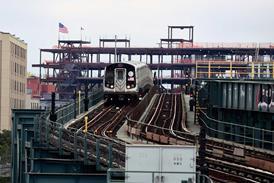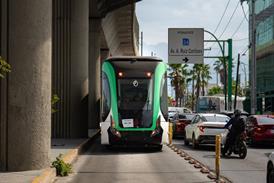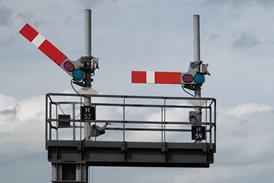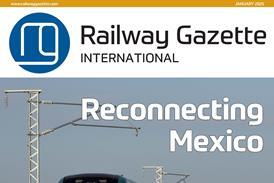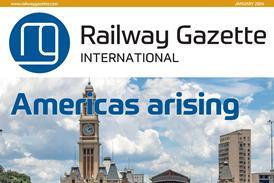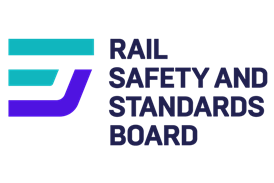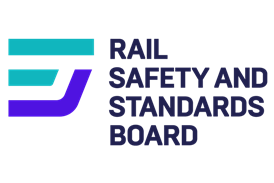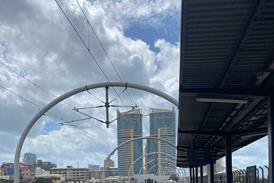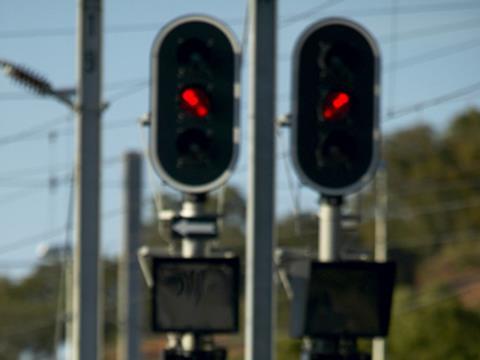
EUROPE: EU Transport Commissioner Antonio Tajani has announced that railway safety rules and practices are to be reviewed and an assessment made of how well they have been implemented.
Speaking on September 8 at a railway safety conference held in Brussels in the wake of the freight train derailment at Viareggio in Italy on June 30, Tajani considered that ‘the overall level of railway safety in the European Union is high’, but warned that ‘the tragedy in Viareggio reminds us that we can never afford to be complacent about safety’.
The Commissioner was ‘personally convinced that we could further improve our safety levels by introducing two important elements’. He called for moves towards ‘distance-based controls’ for freight wagons and for the powers of the European Rail Agency to be strengthened ‘by allowing it for instance to take part in national investigations of accidents’.
On the same day as the conference the Commission published a report on the implementation of the European rail safety and interoperability directives, finding that ‘statistics indicate that the railway system in the Community is very safe and the organisational changes introduced under Community law not only had no negative impact on safety but are expected to raise safety levels in the short and medium terms’.
The report said that ‘country-specific safety requirements still impose significant entry barriers’ which relate mainly to the cost and duration of acceptance procedures at national level, ‘their disparity across Europe and their lack of transparency or predictability’. It noted, however, that the amended interoperability directive ‘will now impose cross-acceptance of national rules when authorising the placing into service of rail vehicles’.
After the conference, CER Deputy Executive Director Libor Lochman said that ‘it is absolutely necessary to follow a European approach towards safety and to discourage individual initiatives aiming to introduce more severe rules on axle maintenance and checks in some member states only. This would be ineffective on the safety side and threaten the survival of the rail freight business due to additional costs.’
Given the dire state of European rail freight at the moment, the question of cost is vital. Achieving a marginal improvement in rail safety at high cost would be unacceptable when the safety record of road transport leaves so much to be desired.

